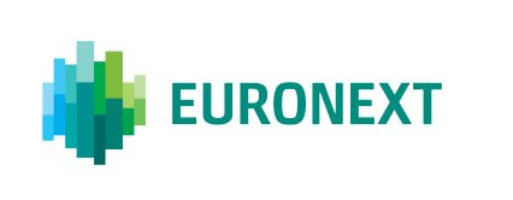
Veronica Taylor, head of Euronext Block
How is Euronext providing the ability to trade block orders to its members?
Our focus now is all things dark large-in-scale (LIS) trading and for this we have two solutions. Firstly, we have the Euronext Block multilateral trading facility (MTF), which is the pan-European venue we launched a year and a half ago, and secondly, we have Euronext Dark LIS which sits on our regu- lated central order book. We are committed to helping our members execute blocks safely, whether on our MTF or on our central order book.
The idea behind Euronext Block was to provide a solution for our clients that want to trade in the dark above large in scale (LIS). We decided to offer LIS trading only on Euronext Block because we were keen to alleviate the burden for clients who may have to work out if their order is eligible for LIS or which waiver they are using, so all of the orders on the platform use the LIS waiver. Our primary aim is to become the venue of choice for sourcing small and mid- cap block liquidity. We spoke with many asset managers about the launch of Euronext Block, enquir- ing as to whether they would like to see new order types, or perhaps a request for quote (RFQ) function, but it was clear that the problem for the buy-side is not around the order types to execute these blocks, but sourcing liquidity on tradition- ally illiquid stocks.
Euronext Block is a venue hosted in London and regulated by the Financial Conduct Authority. That itself has generated a new set of opportunities which coincide with our wider strategy for our MTF, as we are planning to open a European entity for the platform, post-Brexit. For us, it’s a natural shift and with the new European entity, any new clients that want to trade on Euronext Block will be able to do so seamlessly.
How does Euronext offer midpoint execution?
There has been a lot of talk lately around midpoint and sub-tick execution. For block trading, our clients have raised many concerns and questions on the issue. The buy- and sell-side have specifically told us that midpoint execution and the ability to match at the mid, even if that mid happens to be sub- tick, is crucial.
Midpoint trading is firmly in place on Euronext Block, and it will soon be available on the Euronext central order book for midpoint-to-midpoint dark LIS trades. While we offer limit and orders you can peg to the offer, the vast majority of our clients use midpoint pegged orders on Euronext Block MTF.
Can you provide some insight into the recent migration of Euronext’s Block MTF to Euronext’s Optiq technology?
It was very successful, which was a remarkable accomplishment given the complexity and large-scale nature of the technology overhaul. We didn’t migrate from an old Euronext system to a new one. We migrated from a third-party technology provider based in the US so it’s a radically different infrastructure and protocol.
Optiq has been live across Euronext’s trading business for almost a year now, and the new technology is truly revolutionary for block trading. Euronext has never really operated a venue like Euronext Block with the conditional workflow. If you’ve got clients that are sending to multiple venues using conditional order flows, with Optiq we are now much better equipped to source that liquidity than when we were using the old system thanks to improved response times. It was a strategic decision to move to a technology that we had developed ourselves, knowing that we will be able to leverage that technology to the benefit of our clients. Now that our technology is harmonised across our equities platform and primary market, it’s far easier for us to onboard clients that are already connected to the Euronext primary markets.
How is Euronext seeking to further develop block trading within the SME space?
We are focusing on European small and mid-cap liquidity, and these are the types of clients that are already connected to Euronext’s primary market. We wanted to create value for our existing customer base currently connected to our primary market, so that it’s easier to connect to Euronext Block. If you wanted to trade on the primary market, say a small Belgian stock on Euronext Brussels for example, you have the option to do LIS trades on Euronext Block via Optiq.
Our approach to go out to our members and non-members and connecting them to Euronext Block under Optiq has provided a unique small and mid-cap liquidity pool. We know that both asset managers and banks are seeking this type of liquidity which cannot be found anywhere else, but those institutions need to connect to Euronext Block to access it access it – that’s our niche.
I think that’s where we really understood that we have a significant role to play in this space. It goes beyond setting up a competitor platform and potentially further fragmenting the market. If you want to trade a small and midcap stock today, it’s hard to find a genuinely efficient way of doing that. Now that we have moved onto Optiq it’s a game-changer in terms of onboarding unique liquidity that our clients can access.
